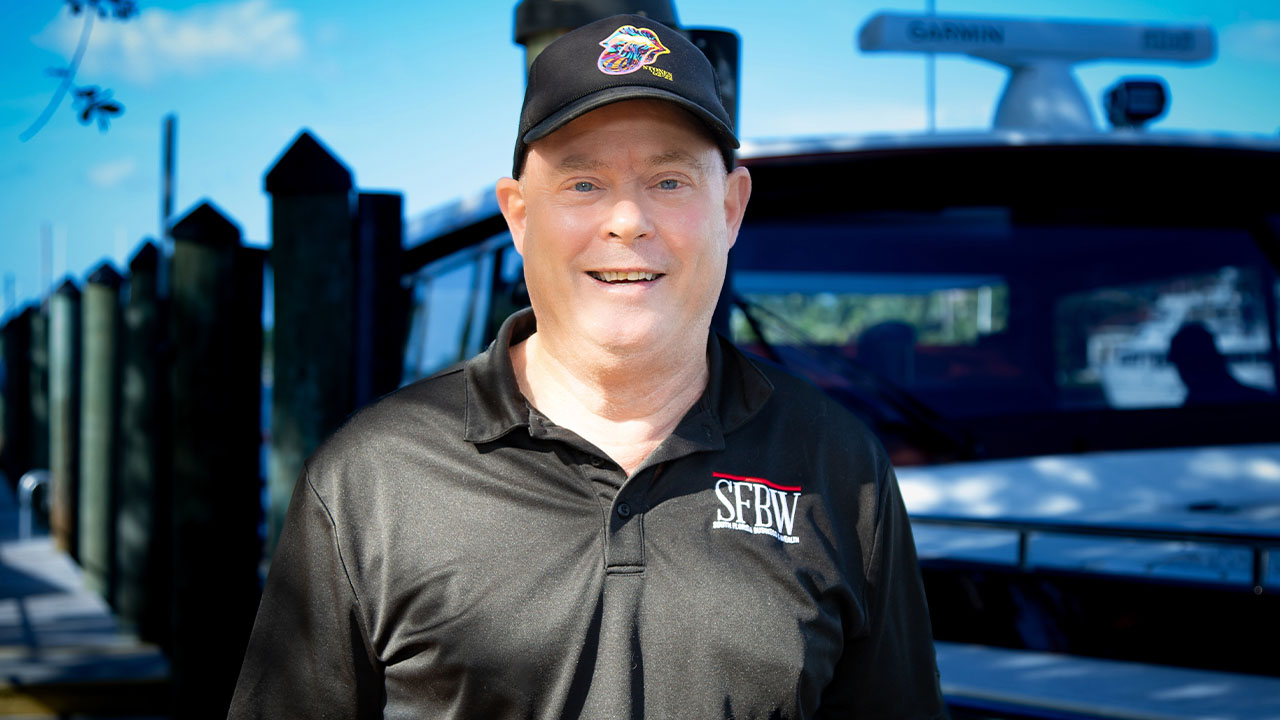Dear Mr. Berko: Please explain short selling. What are the risks? How do I do it? — GF, Buffalo, N.Y.
Dear GF: Current and future earnings are the primary reasons to purchase a stock. For our purposes, an investor is a person who buys a stock because he believes that the company’s products, past revenues and earnings suggest that future revenues and earnings will grow at an attractive rate. Earnings and the likelihood that earnings will continue to grow are the best reasons to own a stock.
Popular issues such as FireEye (FEYE-$15.25), Twitter (TWTR-$16.46), Yelp (YELP-$29.31) and Fitbit (FIT-$12.23) were excellent shorts. Those stocks zoomed and, at one point, traded between two and six times their current prices, hoping for earnings that never happened. Speculators (not investors) who bought TWTR in the $70s, YELP at $100, FEYE at $90 and even Tesla at $285 were suckered by Wall Street hyperbole. They lost 50 to 80 percent of their investments because they bought into the Street’s seedy, seamy and slummy speculation game. Those issues were never investments; rather, they were clearly mucky speculations. If you had sold them short (the opposite of owning them), you’d have earned some awesome profits.
Short selling is motivated by the belief that the price of a stock will decline and it will be able to be bought back at a lower price. The difference between the higher short selling price and the anticipated lower repurchase price is the profit.
Here’s how it buries. Assume it’s March 2014 and you see that YELP, which came public at $15 two years earlier, is trading at $100. You know that YELP, a company connecting people to local businesses and allowing businesses to create promotional ads for products, isn’t worth a soggy cigarette. Though YELP has $864 million in revenues, its business model is an ignominious failure. Management reminds you of a troop of howler monkeys, and all its yelping hasn’t earned a farthing since it paid its first utility bill. So you decide to sell short 100 shares of YELP at $100 because you believe that management lacks the skills to post a profit and therefore the price of the shares will decline. When you short a stock, the brokerage firm lends you the shares and you sell the borrowed shares on the market. As expected, YELP fails to earn a profit and the price falls. You repurchase the 100 shares (that’s called covering your short) on the market and return the just-purchased shares to the brokerage firm. The difference between the short sale price and the repurchase price is your profit. Because you shorted 100 shares of YELP at $100 and bought them back at $28, you earned a profit of $72 a share, or $7,200.
A speculator I’ve known for 27 years — who purchases Gaviscon by the case, gargles with battery acid and chews glass — told me he shorted 600 shares of Tesla in December at $239. I was in his office when he covered his position in February at $151, with an 88-point profit, or $52,800. A few days later, he shorted 5,000 shares of General Motors at $30.75. He also has a serious case of irritable bowel syndrome; his kids hate him; and he’s in the middle of a divorce.
When buying a stock, the most you can lose is 100 percent of what you paid for the stock. Short selling is very speculative; if you’re wrong and the price soars, there’s no cap on how high the stock can go or how much you can lose. Shorting selling is the provenance of ghouls with bad breath, hedge fund managers with ED and constipated bankers too big to jail.
If you must bet against a stock, consider buying a put option at a fraction of the stock’s cost. This is a contract between you and a second party that obligates the second party to buy a specific stock from you at a specific price during a specific time frame. You obligate the second party by paying a sum of money (a premium) that contractually guarantees he’ll purchase the stock at a specific price within a specific time period. You can’t lose more than your investment.
Please address your financial questions to Malcolm Berko, P.O. Box 8303, Largo, FL 33775, or email him at mjberko@yahoo.com. To find out more about Malcolm Berko and read features by other Creators Syndicate writers and cartoonists, visit the Creators Syndicate website at www.creators.com.
COPYRIGHT 2016 CREATORS.COM















